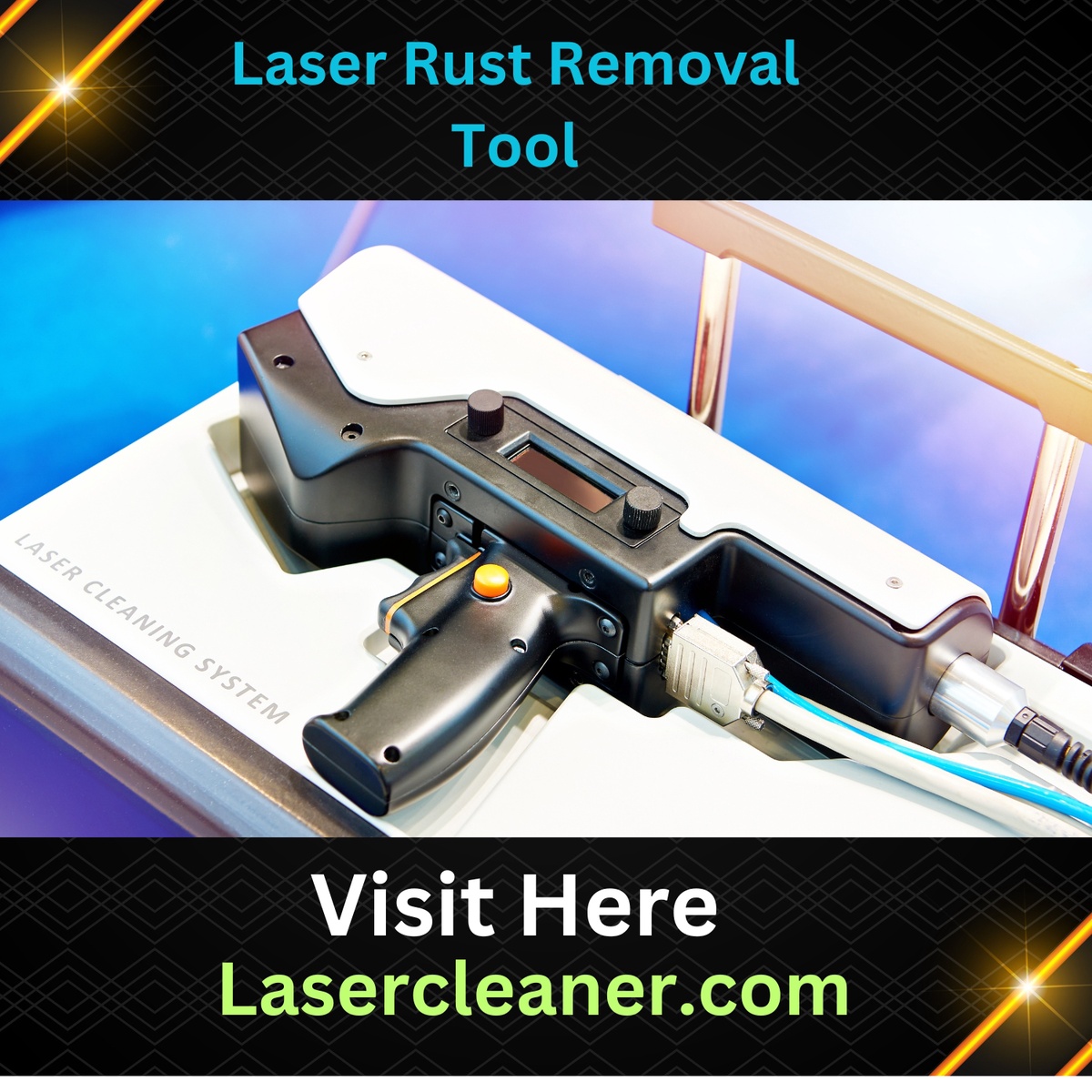Rust is the mortal enemy of metal surfaces, gradually eating away at their integrity and aesthetics. Traditional methods of rust removal can be time-consuming and labor-intensive. Enter the laser rust removal tool, a cutting-edge solution that offers efficiency and precision. In this guide, we will explore the ins and outs of using a laser rust removal tool to bring your metal surfaces back to life.
-
Understanding the Laser Rust Removal Tool: The laser rust removal tool operates on the principle of laser ablation. It uses high-intensity laser beams to remove rust, oxides, and contaminants from metal surfaces without causing damage to the underlying material. This process is non-contact, making it ideal for delicate or intricate structures.
-
Safety Precautions: Before diving into the rust removal process, it's crucial to prioritize safety. Equip yourself with appropriate personal protective equipment (PPE), including safety glasses and gloves. Ensure proper ventilation in the workspace to dissipate any fumes generated during the process.
-
Surface Preparation: Begin by cleaning the metal surface to remove loose dirt and debris. This ensures that the laser can focus on the rust without interference. Secure the metal piece in a stable position to prevent movement during the laser rust removal process.
-
Adjusting Laser Parameters: Different metals and rust levels may require adjustments to the laser parameters. Experiment with power settings, pulse duration, and laser beam diameter to find the optimal configuration for your specific application. Always start with lower power settings and gradually increase as needed.
-
Rust Removal Process: With safety measures in place and laser parameters adjusted, initiate the rust removal process. Move the laser beam across the rusted areas in a systematic manner, ensuring even coverage. The laser will vaporize the rust, leaving a clean metal surface behind.
-
Post-Process Inspection: After completing the rust removal process, inspect the metal surface for any remaining rust or irregularities. Use additional tools, such as wire brushes or sandpaper, to address stubborn rust spots if necessary.
-
Surface Protection: Once the metal surface is rust-free, consider applying a protective coating or sealant to prevent future corrosion. This step enhances the longevity of the metal and maintains its appearance over time.
Conclusion: The laser rust removal tool is a game-changer in the battle against corrosion, offering a swift and precise solution for rejuvenating metal surfaces. By following this comprehensive guide, you can harness the power of laser technology to bid farewell to rust and welcome back the luster of your metal possessions.


No comments yet